In this week’s Rocket Roundup, we have more Starlink, European navigation satellites, a Chinese company launching to orbit again, a large U.S. government satellite, and a sounding rocket from Sweden. Plus, this week in rocket history, we look back at Little Joe 2.
Podcast
Show Notes
SpaceX confuses us with Starlink naming schemes again
- Starlink-28 discussion (Reddit)
- Launch video
Soyuz adds to European navigation satellite constellation
- PDF: VS26 press kit (Arianespace)
- Galileo clock anomalies under investigation (ESA)
- Galileo prototype GIOVE-A switched off after 16 years in orbit (ESA)
- Galileo Overview (Spaceflight 101)
- Launch video
American sounding rocket sends 7 German payloads into space from Sweden
Chinese CERES 1 launches 5 small satellites into orbit
- The Galaxy Power Ceres-1 Yao-2 rocket successfully launched (Sina) (Chinese)
- Launch video
Atlas V “Bruiser” launches Space Force satellite directly to geostationary orbit
This Week in Rocket History: Little Joe 2
- Little Joe (Astronautix)
Transcript
Hello, and welcome to the Daily Space. I am your host Dr. Pamela Gay.
And I am your host Erik Madaus.
Most weekdays the CosmoQuest team is here putting science in your brain.
Today, however, is for Rocket Roundup. Before we get started, a quick programming note: we will have coverage of the launch of Soyuz MS-20 in the Daily Space episode tomorrow. The team has a cutoff for stories in Rocket Roundup, so we don’t scramble to put things together in the morning of the show, and it was after our cutoff.
Let’s get to it, shall we?
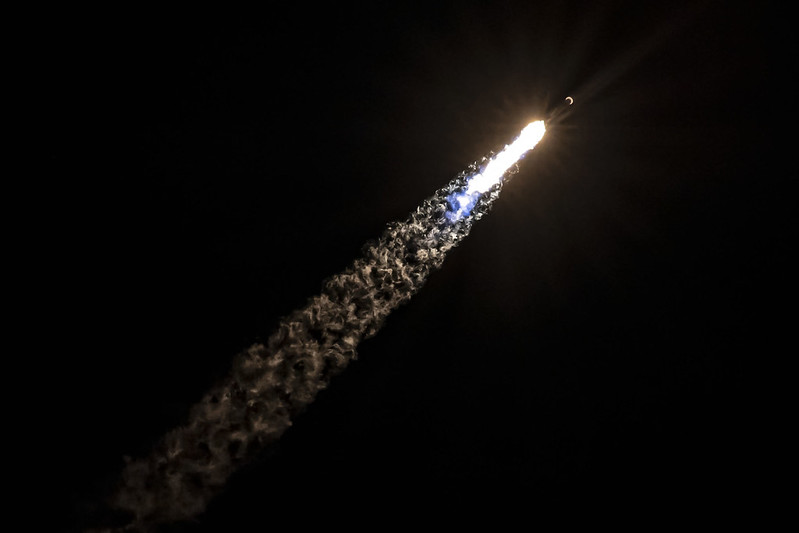
First up, on December 2 at 23:12 UTC, the Starlink 32 mission launched atop Falcon 9 booster 1060 from SLC-40 at Cape Canaveral Space Force Station in Florida.
SpaceX’s internal name for this mission was Starlink 4-3, despite this being only the second launch for the fourth shell. The rocket also carried two satellites for the BlackSky Global imaging constellation, resulting in only 48 Starlink satellites on board compared to the usual 53 for the current shell of the constellation. SpaceX keeps changing their naming scheme, so it’s hard to keep track at this point.
This was the ninth flight for Booster 1060, which successfully landed on the drone ship A Shortfall of Gravitas. Both of the fairings were new and were fished from the water by SpaceX’s new multi-purpose support ship, Bob.
From one launch with many payloads to a Soyuz with only two.
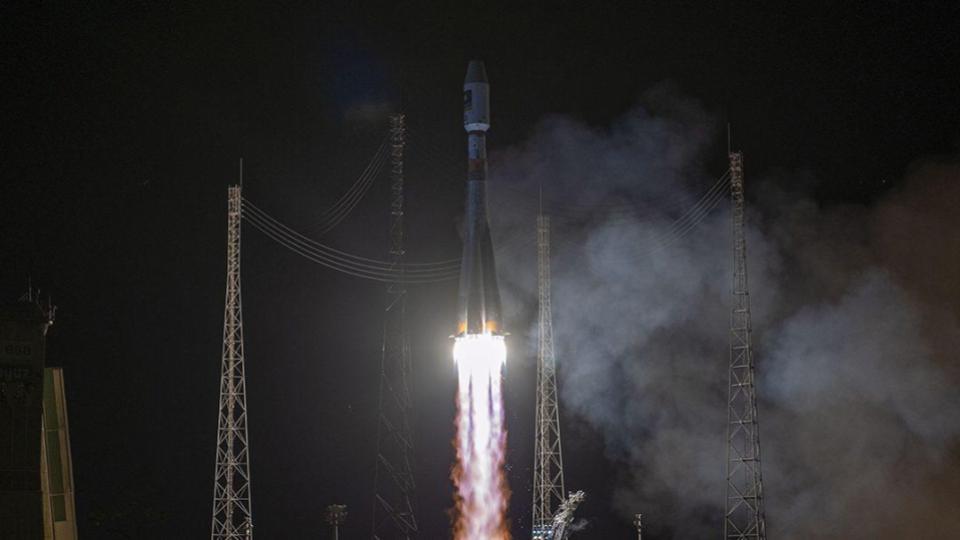
On December 5 at 00:19 UTC, an Arianespace Soyuz 2.1b/Fregat launched two more satellites for Europe’s Galileo Navigation Satellite System from the Guiana Space Center in Kourou, French Guiana.
Galileo is the European Union’s version of the U.S. military’s Global Positioning System (GPS), built to ensure Europe has a backup in case of problems with GPS. Galileo’s signals are compatible with GPS, and many consumer or commercial devices can use signals from both GPS and Galileo in addition to other global and regional satnav systems.
These satellites, 27 and 28, are the first two Batch 3 satellites in the constellation. The final constellation will consist of thirty satellites: 24 active satellites and six on-orbit spares. Spares are important because several clocks have failed on Galileo satellites. In 2017, a total of nine rubidium and hydrogen clocks failed across five of the operational satellites, though no satellite lost more than one of each type. The same model of rubidium atomic clock was used on India’s IRNSS 1A satellite; it lost all three of its clocks.
The first test satellite for Galileo was GIOVE-A or Galileo In-Orbit Verification Element-A. It was launched in late 2005 and only recently decommissioned in November 2021. It was a rush job to secure their frequency allocation on orbit before it expired in 2006. SpaceX’s Tintin satellites served a similar purpose for the Starlink constellation.
The operational satellites like Galileo 27 and 28 contain the usual complement of two rubidium clocks and two hydrogen maser clocks, which are highly accurate frequency standards typical of a navigation satellite.
A navigation satellite works by sending signals to receivers that contain the precise location of the satellite in orbit. It uses the same signal to tell the receivers the exact time it sent that information, which it gets from those highly accurate clocks. The receiver then takes the signals from at least three satellites and does a bunch of math to determine the user’s location. The more satellites the receiver can get signals from at one time, the more precisely the receiver’s location can be determined.
Just under four hours after launch, the two German-made satellites were separated from the Fregat upper stage after two burns of that stage. The operational orbit for the Galileo satellites is just over 23,000 kilometers at an inclination of 57 degrees. Each satellite is taller than the average Christmas tree and weighs about twenty-three times as much: 732 kilograms.
Now we go to a rocket that weighed as much as the payload put into orbit by the previous one.

Next up, on December 6 at 08:07 UTC, the German Aerospace Center (DLR) launched an Improved Malemute/Improved Malemute — yes, you heard me right — sounding rocket carrying the MAPHEUS 10 mission from the European Space and Sounding Rocket Range or Esrange in northern Sweden. Both stages were identical Improved Malemute motors stacked on top of each other. The total flight time was fifteen minutes, and the rocket reached an altitude of 259 kilometers. The payload section landed under a parachute and was recovered.
Onboard were seven experiments ranging from materials research to radiation measurement. We don’t have time to talk about all of them so here are a few of my favorites.
The first of these experiments is ARTEC, which is short for AeRogel TEChnologies. It used five furnaces to melt and then solidify different alloys in microgravity conditions. This avoids some problems which happen when casting metal in gravity and exposes problems that gravity compensates for. According to Dr. Sonja Steinbach at the DLR Institute for Material Physics in Space: In this way, we can develop more accurate models and better describe the relationships between process parameters, structure, and properties.
ARTEC previously flew on MAPHEUS 8.
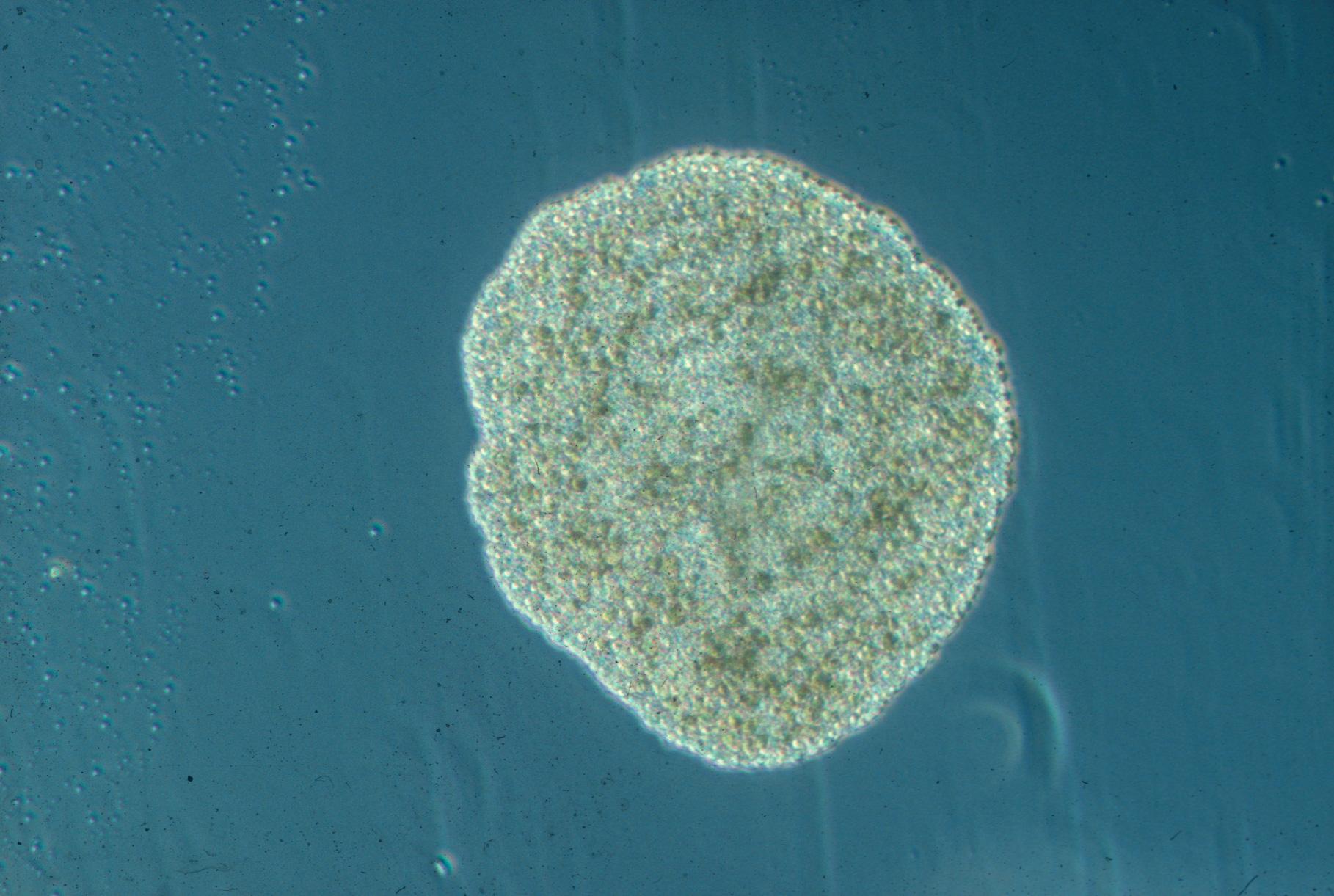
MARS, or Metal-Based Additive Manufacturing for Space and Weightlessness Applications, manufactured a small piece of equipment using a metal 3D printer in flight. 3D-printed metal structures have very high strength and corrosion resistance. Building structures in space has applications from making larger space stations in Earth orbit to bases on the surface of the Moon or Mars.
The last experiment is the one that most interested me when I was putting together this episode. In it, researchers monitored how Trichoplax adhaerens, often called “plate animals” for their flat appearance, reacted to the microgravity environment. This simple multicellular organism (which lacks both tissues and organs) has dedicated cells for sensing gravity. According to the researchers, the point of the experiment was to determine how this feature appeared in Trichoplax adhaerens and then developed in humans, as gravity has shaped the evolution of all life over billions of years. The experiment was filmed in flight, and it will be compared to the movements of ground-based control samples.
MAPHEUS 10 also carried two radiation detectors which will be used on NASA’s Artemis 1 mission to measure radiation on the way to the Moon. The output of both devices will be compared as part of qualifying them for the mission.
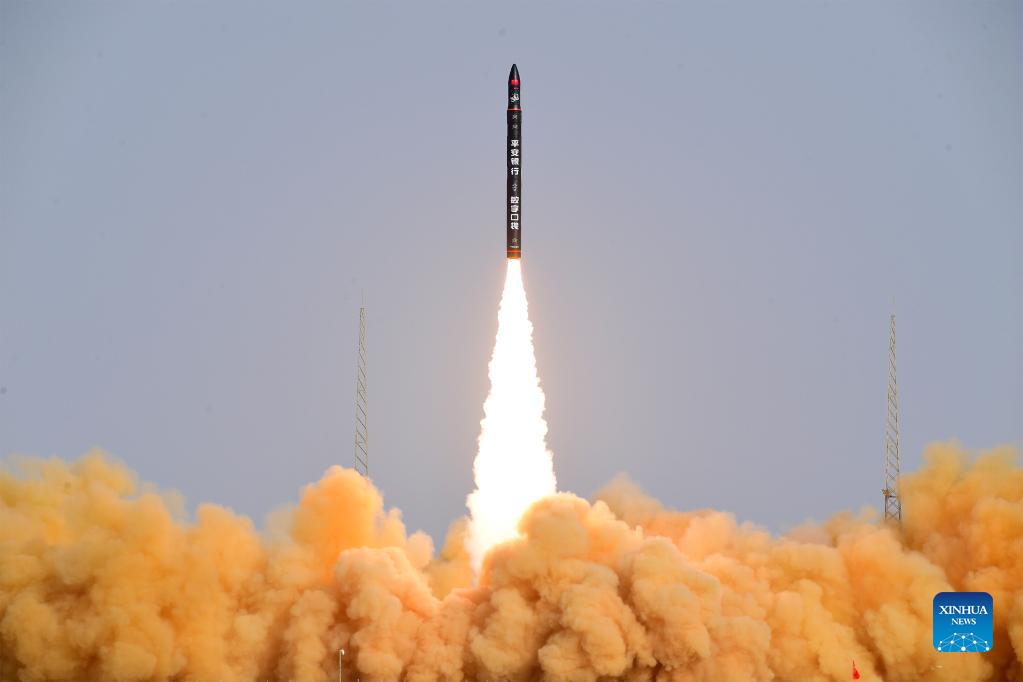
On December 7 at 04:12 UTC, a Chinese Ceres 1 rocket launched five satellites into a sun-synchronous orbit from the Jiquan Satellite Launch Center in China. Ceres 1 is a four-stage rocket with three solid stages and a liquid-propellant fourth stage. Onboard were five satellites with missions ranging from different types of remote sensing to scientific research.
This launch marked a milestone in Chinese “commercial” launches. This was the first time a Chinese company conducted a second successful orbital launch. The first CERES 1 launch was over a year ago.
For our final launch of the week, a big rocket launched a satellite to a high-energy orbit.
Next up, on December 7 at 10:19 UTC, a United Launch Alliance (ULA) Atlas V 551 launched from SLC-41 at Cape Canaveral Space Force Station carrying the STP-3 mission for the U.S. Space Force.
Before we chat about the payloads, I’m going to nerd out about the rocket for a second; it’s cool.
You might be interested to learn that the Atlas V on this mission incorporated several improvements, mainly for ULA’s future rocket, the Vulcan Centaur. The most significant improvement was a new fairing fabrication technique called Out of Autoclave, to make fairings faster and cheaper. As for the Centaur upper stage, it has two new systems: one which uses GPS to improve its already excellent orbital insertion accuracy and another system to keep the spacecraft batteries fully charged throughout the long mission.
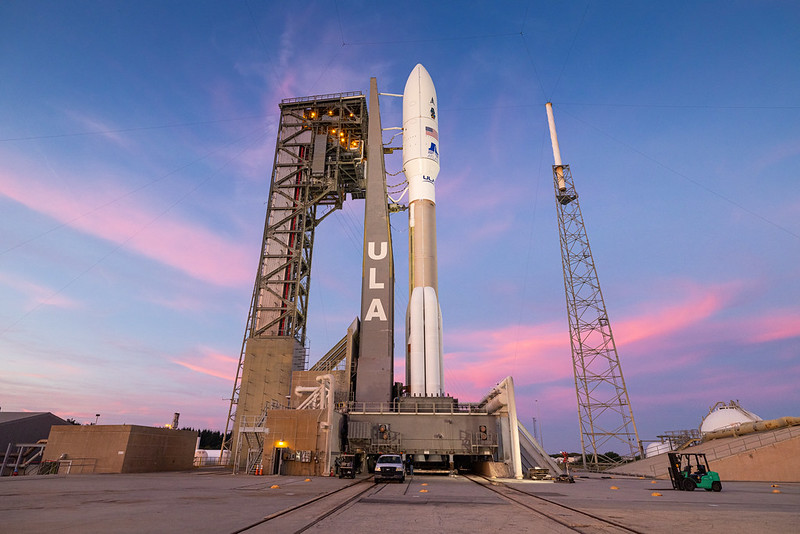
Now, on to the many payloads!
STPSat-6 carries several experimental payloads for the Space Force, NASA, and the National Nuclear Security Administration. NASA’s payload is the Laser Communication Relay Demonstration (LCRD) which will “test technologies for the next generation of data relay satellites”.
Laser communications have been tested in space for decades and have worked as far as 24 million miles from Earth on NASA’s MESSENGER spacecraft. Compared to radio waves, laser communications have much higher bandwidth, often in the range of one billion bits, or gigabit, per second, or higher. LCRD is a relay only, meaning that it can’t transmit data to other satellites; it can only transmit and receive data to ground stations. Currently, it will only be able to send data to two mountain-top ground stations: one on Haleakalā in Hawaii and the other in California. Once a laser terminal is installed on the International Space Station (ISS), LCRD will be able to receive data from the ISS and retransmit that data to the ground.
The military payloads include one which will track nuclear detonations in space and in the atmosphere. Other payloads are for space weather while others are intended to assess the physical environment around the spacecraft, including how many objects might be nearby, what those objects are, and how those other objects may move, among other details.
One of the payloads, the LDPE-1 which stands for Long Duration Propulsive Evolved Expendable Launch Vehicle Secondary Payload Adapter, carried other payloads. It’s essentially a metal ring normally used to attach smaller satellites below the main satellite on the same rocket, turned into a satellite in its own right with power and propulsion. None of those payloads were disclosed, though it was described as being capable of a one- to three-year mission carrying experimental payloads for “rapid risk reduction efforts to inform future programs”.
This Week in Rocket History
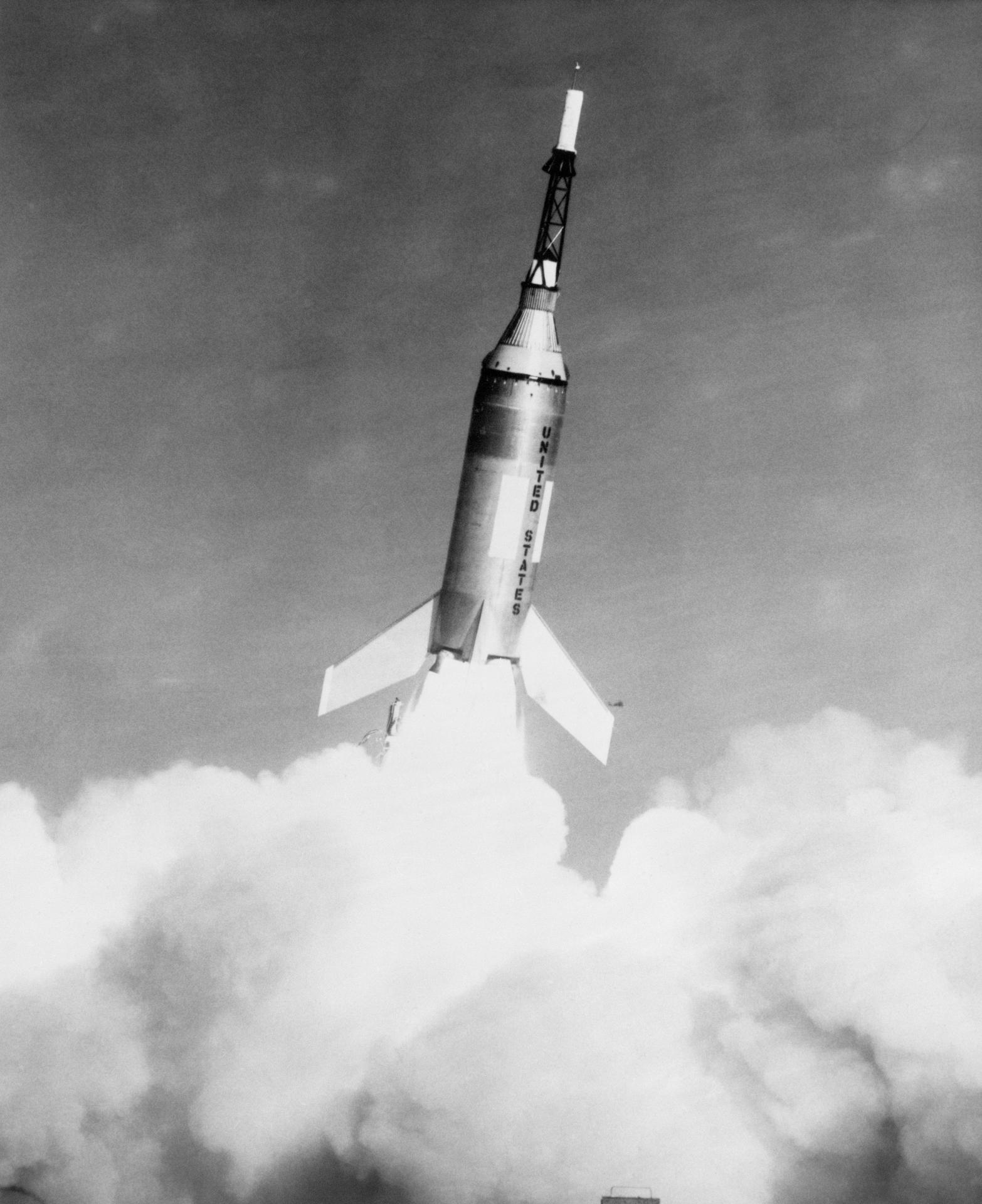
Before NASA launched their first human into space, they needed to prove that the Mercury capsule’s launch escape system would function properly at different altitudes and speeds. They were in a rush, and NASA envisioned many tests, so whatever test vehicle that would be used needed to be cheap. This was accomplished by using as many existing components as possible.
Engineers designed a booster called the Little Joe, using four existing solid rocket motors taken from a military missile, the MGM-29 Sergeant, and a new fuselage. The Little Joe was later scaled up into a Little Joe II for Apollo capsules. To keep costs low, it would not have an active guidance system. That meant that after the rocket ignited, there was no way to control it. The rocket was put on an angled launch rail and kept stable in flight by canted nozzles on the rockets and four large fins. The basic rocket could be augmented with four other boosters, and all eight fired in different sequences for different amounts of thrust.
By February 1959, the final design for the rocket was almost completed. Just seven months later in September, the first launch consisted of a booster, a mockup capsule, and a live launch escape system. This first launch was not successful, but they proved the launch escape system worked! The launch escape tower fired 35 minutes before launch and carried the capsule away from both the pad and the booster. No one on the ground was injured. The error was traced back to poor wiring on the launch escape system.
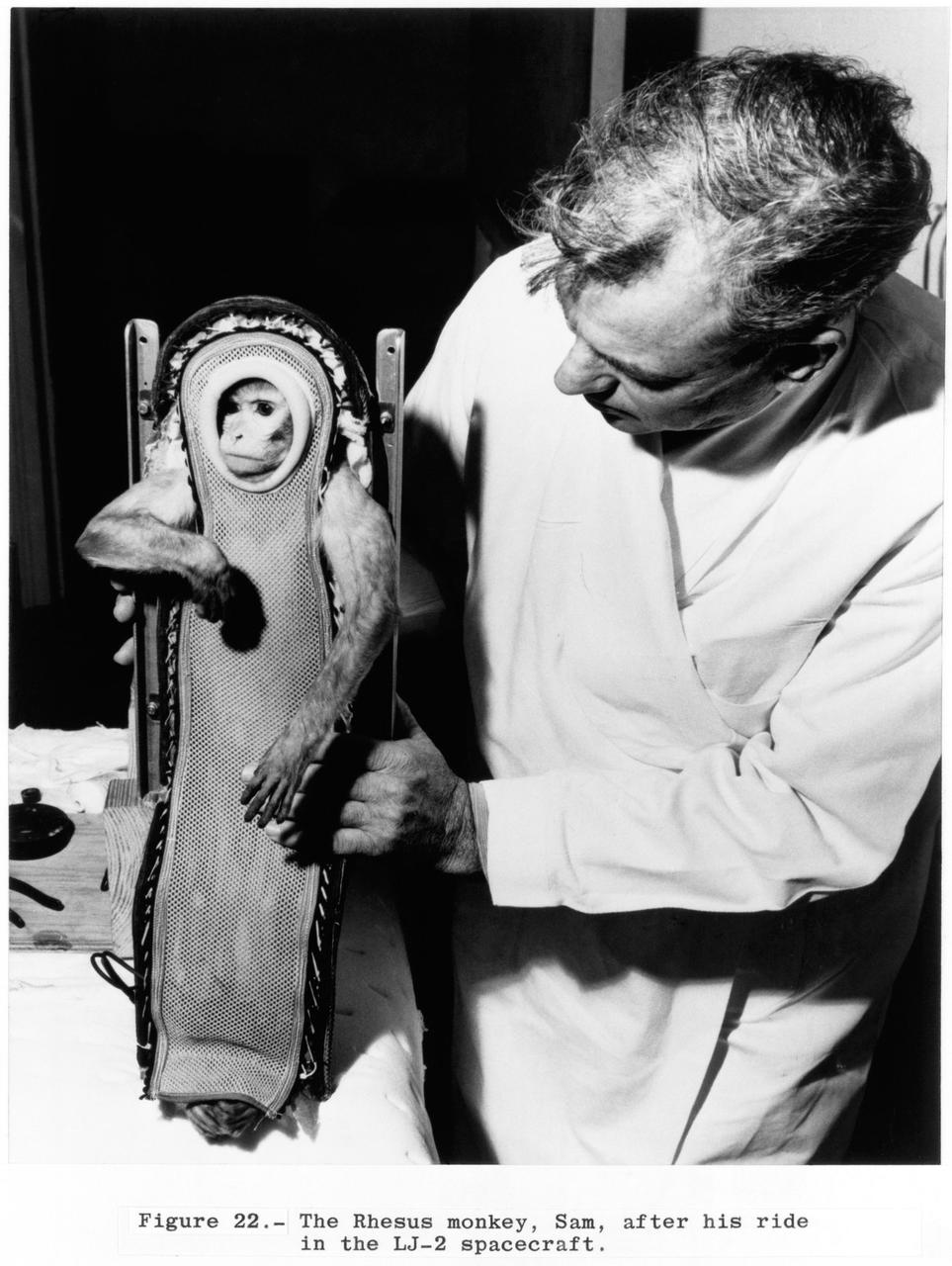
NASA realized that launching the booster with an active launch escape system on the first flight was too ambitious, so the second launch — Little Joe 6 — carried only the booster, with mockup versions of both the capsule and launch escape system. That launch was successful.
The next launch, Little Joe 2, had a bit more going on. The technical goals of Little Joe 2 were to escape the rocket at high Mach and measure the forces on the capsule, including pressure and heating from a space re-entry. It would also carry all the biomedical experiments that doctors at the School of Aviation Medicine could think of to fly on a high-powered rocket. The main passenger was a live rhesus monkey named Sam, an acronym for the School of Aviation Medicine. Also on board were some barley seeds, cultures of the mold Neurospora crassa, rat nerve cells, and packets of insects.
Little Joe 2 launched on December 4, 1959, at noon local time. Booster burnout was at 30 kilometers, and momentum, as well as the firing of the escape tower, carried the capsule to 85 kilometers. That altitude was only half of what was planned due to a windage error, or in other words, how wind affects the flight of the projectile.
All test objectives were completed, but the overall result was disappointing. The engineers still did not get their test of the launch escape system at maximum dynamic pressure. The biologists hardly learned anything new, though they did demonstrate the life support system in the capsule. Robert Gilruth, head of the Space Task Group at NASA told the press of “the relatively minor role of this particular task in the context of the total Mercury program.”
Statistics
To wrap things up, here’s a running tally of a few spaceflight statistics for the current year:
Toilets currently in space: 9: 4 installed on ISS, 1 on the Crew Dragon, 2 on the Soyuz’s, 1 on the Shenzhou, and 1 on Tianhe.
Total 2021 orbital launch attempts: 126, including 9 failures
Total satellites from launches: 1653
We keep track of orbital launches by where they launched from, also known as spaceport. Here’s that breakdown:
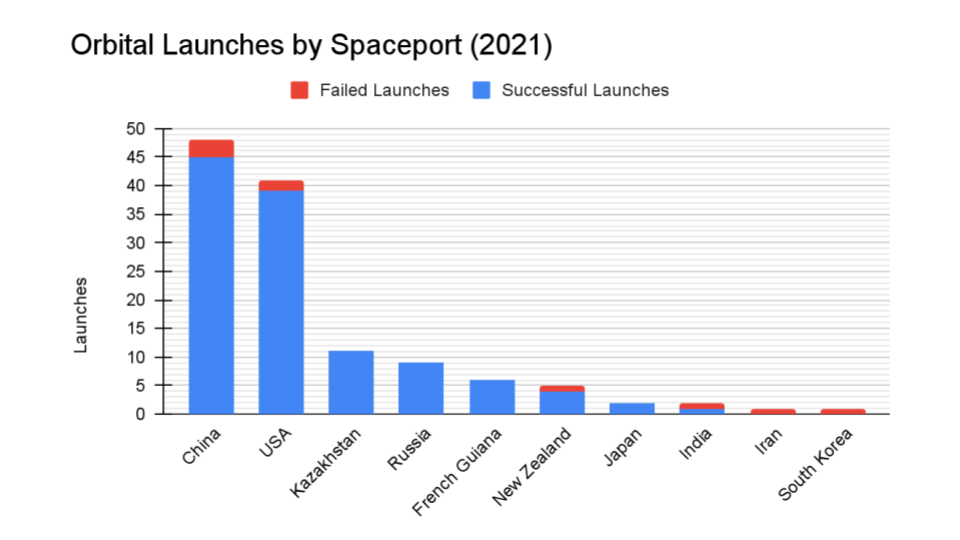
China: 48
USA: 41
Kazakhstan: 11
Russia: 9
French Guinea: 6
New Zealand: 5
Japan: 2
India: 2
Iran: 1
South Korea: 1
Your random space fact is that the large asteroids Ceres and Pallas have a near 1:1 orbital resonance. This means that they both complete an orbit in about the same amount of time, though Pallas’ orbit is much more inclined, 34.6 degrees, and eccentric than Ceres.
This has been the Daily Space.
You can find more information on all our stories, including images, at DailySpace.org. As always, we’re here thanks to the donations of people like you. If you like our content, please consider joining our Patreon at Patreon.com/CosmoQuestX.
Credits
Hosts: Pamela Gay and Erik Madaus
Writers: Gordon Dewis, Pamela Gay, Erik Madaus, and Annie Wilson
Audio and Video Editing: Ally Pelphrey
Content Editing: Beth Johnson
Executive Producer: Pamela Gay
Intro and Outro music by Kevin MacLeod, https://incompetech.com/music/


 We record most shows live, on Twitch. Follow us today to get alerts when we go live.
We record most shows live, on Twitch. Follow us today to get alerts when we go live.